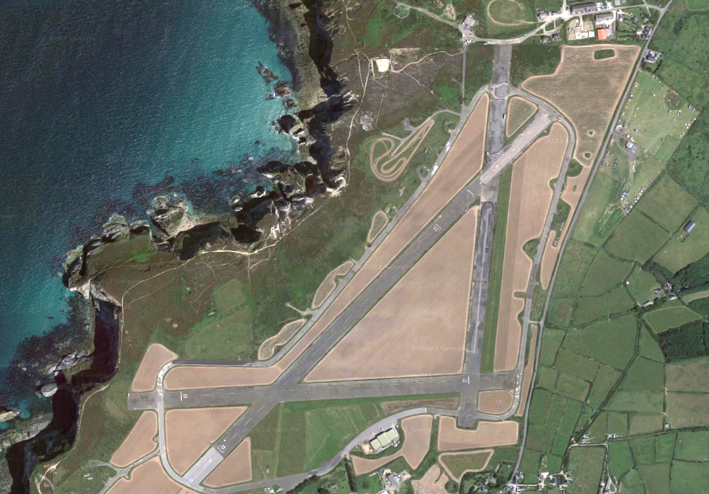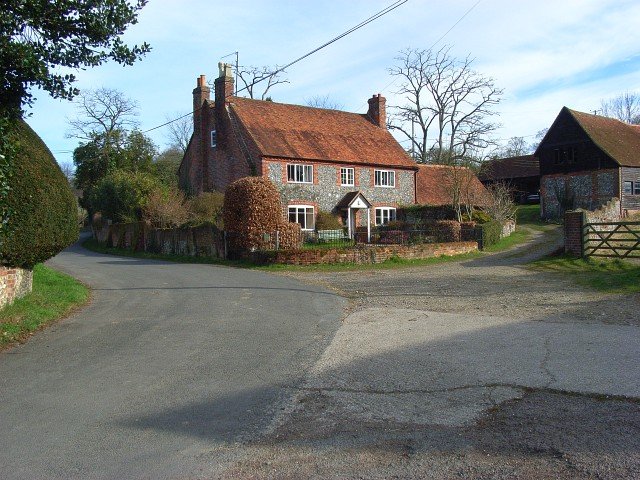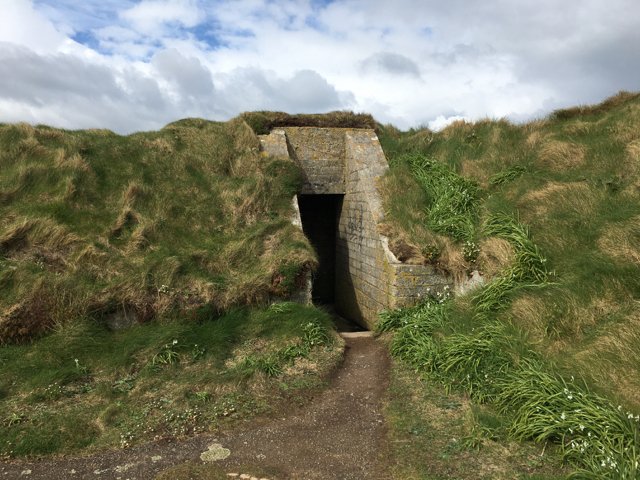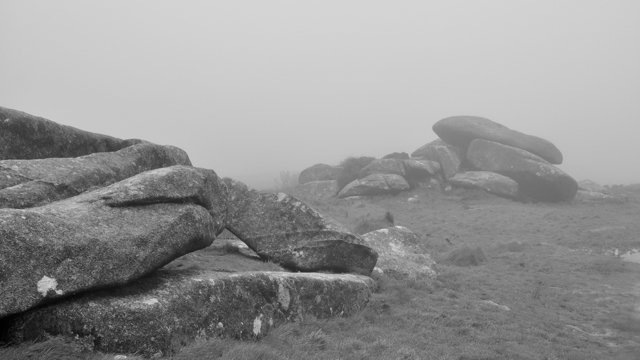St Agnes to Perranporth coastal walk
A stunning coastal walk from the once-pretty little village of St. Agnes (recently in the press for its anti-second home graffiti) up and down a coastline largely decimated by mining, to the long, sandy beach at Perranporth. This walk contains an interesting amount of abandoned concrete structures: a World War II airfield, complete with bunkers, and extensive mine workings. There are also numerous smugglers caves in the cliffs and we were lucky enough to spot half a dozen choughs, too.

Perranporth airfield from above; some of the bunkers, below
We started from St Agnes: for once the tide was out (usually when we’re in town, the tide is in and waves are lashing up the bottom of Quay Road). As it was, we walked across the beach and over the large boulders and rock pools to Trevallas Cove, where we joined the coastal path. The sea was turquoise and the gorse bright yellow; there’s perhaps not a more stunning contrast of colours in Cornwall.
Soon we came to Perranporth airfield; unfortunately, unlike at Predannack airfield, there are no abandoned planes and helicopters here, but the airfield is said to be one of the best preserved – and still fully functional – World War II airfields in the country, with the original control tower, underground bunker, fighter shelters, pill boxes and the armaments depot still intact.
In 1941 the 330 acre airfield became a base for RAF Spitfire squadrons. It was decommissioned in 1945 and today it continues to be used for small aircraft and gliders as well as a driving school.

Cligga Head: The distinctive red face of the cliff above in the distance is from minerals staining the rock
A short walk from the end of the airfield is an area called Cligga, which is Cornish for cliff. You’ve got to feel sorry for the earth around here. The area has been mined for some 2000 years. In 1899 the British and Colonial Explosives Company developed the site to make nitroglycerine. The Nobel family, who invented dynamite, bought the site in 1892. During World War I, the site was used to manufacture hand grenades and shells, made almost entirely by local women. In World War II the area was mined for wolfram to make tungsten, for use in armour-plating and armour-piercing shells. By 1945 the mines were closed, as cheaper tungsten was being produced in the States.





A little further on are the Cligga tunnels
Like all the abandoned mine complexes, I love walking around them. I always get the feeling I’ve stumbled onto the set of an abandoned sci-fi film, or a lost civilisation. But after all this destruction (though nature always fights back – much of the area is rich in heathland and grassland), we welcomed the golden sands at Perranporth and had a coffee and millionaire shortbread. Then we did the walk in reverse to get back to St Agnes.

































